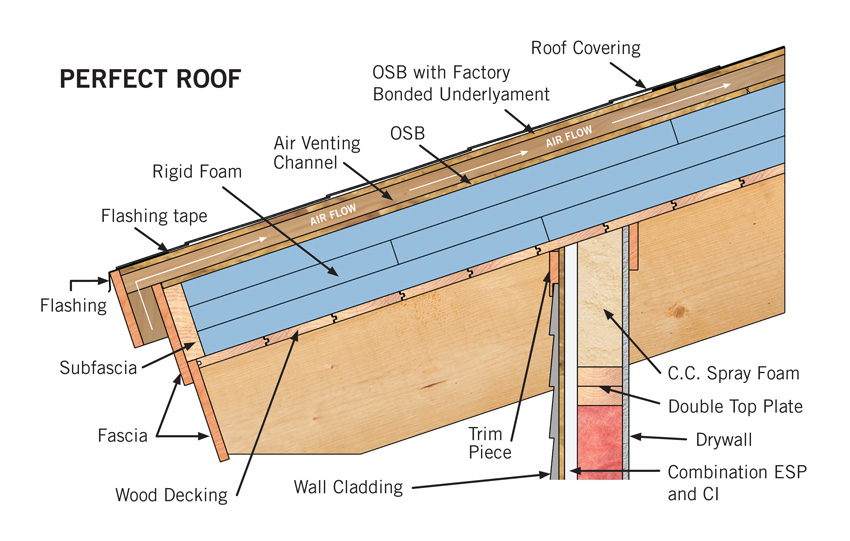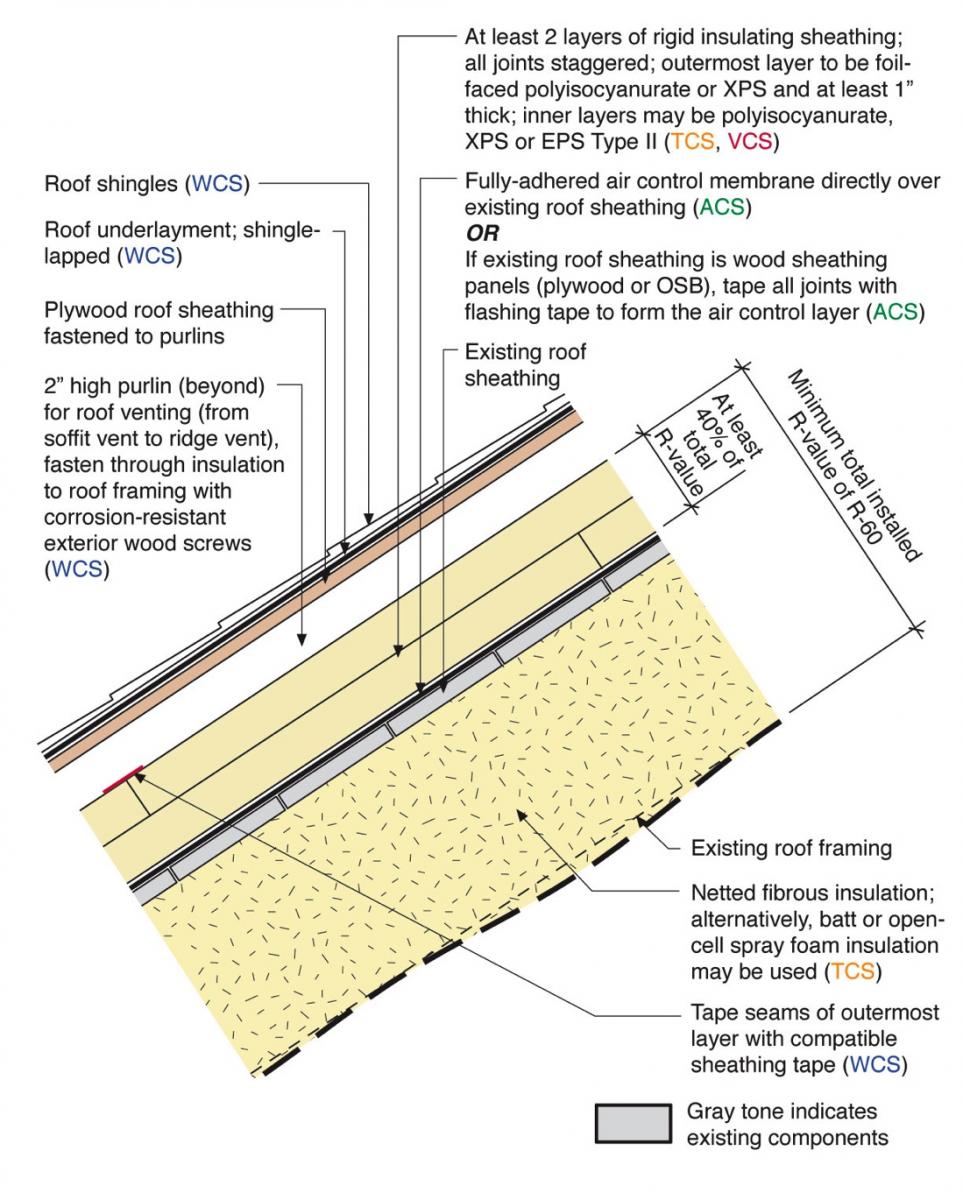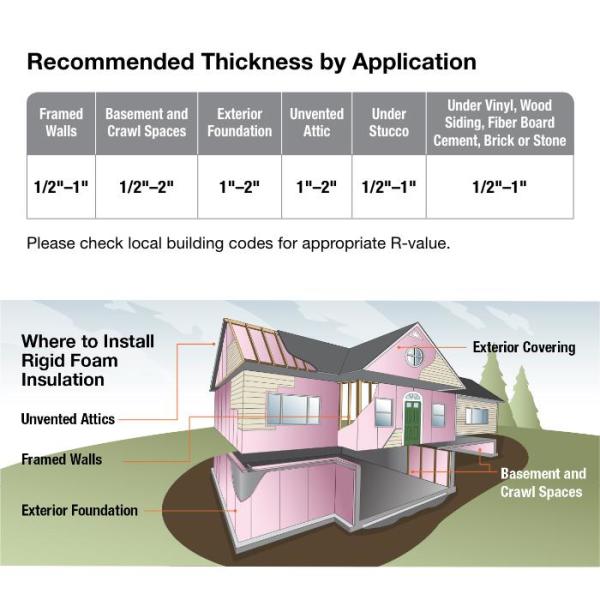For building owners who seek reliable lasting roof protection that offers long term cost effectiveness spray polyurethane foam roofing offers a great solution.
Review foam roof exterior insulation.
All three types of rigid foam insulation expanded polystyrene eps extruded polystyrene xps and polyisocyanurate are suitable for use on the exterior of walls and roofs though they do not perform equally.
Otherwise water vapor can condense on the back side of the sheathing elevating the moisture content of the materials and possibly resulting in mold and rot.
Rigid foam board is just above the roof deck or an exterior insulation option.
These 2x4s are extended at the eaves and rakes to create a roof overhang.
I ve been in plenty of these homes and can tell you that when spray foam is installed properly they outperform 99 of fiberglass batt insulated stick built homes.
Due to spray foam insulation being such an upcoming method of insulation there have been quite a few misconceptions about the effectiveness and dangers of its use.
If you are planning to install metal roofing then you would install asphalt felt above the rigid foam followed by 1x4 or 2x4 purlins 24 inches on center then the metal roofing.
Causing the timbers to rot.
Homes insulated with it can be some of the most efficient and comfortable homes built.
At r 4 it also has the lowest r value per inch.
Eps is the most vapor permeable of the three types.
The easiest way to insulate your roof is with one or two layers of rigid foam insulation installed above the roofing.
But despite the fact that it has been around for 50 years some members of the public have strong negative impressions of it.
It typically has 3 variations.
In climate zones 6 7 and 8 you can have either r 30 in the wall cavity or a combination of r 20 cavity insulation with r 5 exterior insulation r 20 5 or a combination of r 13 cavity.
Today we discuss one of the highest performing and most affordable roof systems in commercial roofing spray polyurethane foam.
Bare foam board one sided sheathing board or double sided which is also reference as structural insulated panels.
The persist approach shown in that article includes rigid foam above the roof sheathing.
Their drawing does not show the use of exterior foam on the roof though a.
The most common problems that occur around the use of icynene is the belief that it can have a negative effect on the roof of the loft.
When combining exterior foam insulation with fiberglass cellulose or mineral wool roof insulation the foam layer must be thick enough to keep the sheathing temperature above the dew point.
However 100mm of spray foam insulation is equivalent to around 170mm of loft insulation according to the national insulation association.
The later is used in new construction as the interior board serves as an inner wall.










